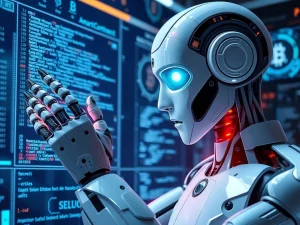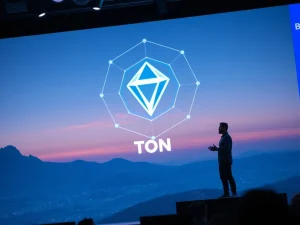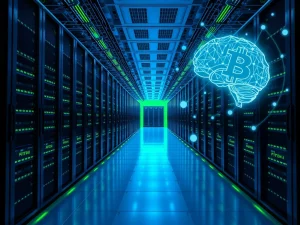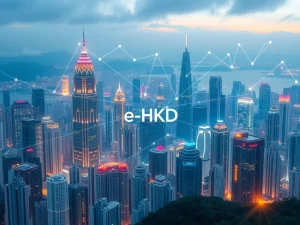A Decade of Transformation: How Deep Learning Redefined Stereo Matching in the Twenties

A fundamental topic in computer vision for nearly half a century, stereo matching involves calculating dense disparity maps from two corrected pictures. It plays a critical role in many applications, including autonomous driving, robotics, and augmented reality, among many others.
According to their cost-volume computation and optimization methodologies, existing surveys categorize end-to-end architectures into 2D and 3D classes. These surveys also highlight the still unanswered problems, offering significant insights into this rapid change. New approaches and paradigms have emerged in the field since then, spurred by innovations in other branches of deep learning, and the domain has seen tremendous growth since then. Examples of the field’s evolution that show the potential for additional gains in accuracy and efficiency, such as iterative refinement and transformer-based architectures, instill a sense of optimism and hope for the future of deep stereo matching. As deep stereo matching has progressed, numerous problems have surfaced, notwithstanding the outstanding accomplishments. The inability to generalize, especially when dealing with domain transitions between actual and synthetic data, is a major problem mentioned in earlier surveys.
Prior surveys conducted in the late 2010s addressed the initial phase of this revolution, but the area has witnessed even more revolutionary progress in the subsequent five years of study. A new study by the University of Bologna team, a leading group in the field, presents:
A detailed analysis of recent advancements in deep stereo matching, specifically looking at the innovative paradigm shifts such as the use of transformer-based architectures and ground-breaking architectural designs like RAFT-new stereo, that have changed the game in the 2020s
Analyze the key problems due to these advancements, categorize them all, and look at the best methods for fixing them.
The key findings from their paper are highlighted as follows:
Architecture Design: The benchmark findings demonstrate that RAFT-new stereo’s design approach is revolutionary, significantly increasing resilience to domain changes. The team anticipates that more frameworks will follow this new paradigm since it was used by most of the most recent ones launched a few months before this study. However, the search for innovative and efficient designs, as shown by the most recent suggestions yielding ever-improving outcomes, is a fascinating journey that continues to engage the field.
Audio Enhanced with RGB: Utilizing thermal, multispectral, or event camera pictures as input to stereo-matching networks is an emerging concept that has grown in popularity over the last five years. This injects new ideas into an established but dynamic field. While this trend is encouraging, online needs to be more of these emerging tasks still need to be improved.
Some of the problems predicted by earlier studies still exist despite the numerous triumphs in dealing with them. The Booster dataset demonstrated how high-resolution images are still challenging to process and how non-Lambertian objects are crucial, mostly because there is a shortage of training data or methods to deal with them that could be better. Likewise, difficult weather conditions can still be a problem.
The team concludes by stating that, despite developing visual foundational models for other computer vision tasks, one still needs stereo matching. There has yet to be any effort in this area for stereo, while there have been some for single-image depth estimates.
By revealing the most effective methods currently in use, this work not only clarifies the existing obstacles but also suggests promising avenues for further study. Newcomers and seasoned pros alike can find useful information and inspiring ideas in this survey, which the team hopes will ignite their passion for pushing the boundaries of deep stereo matching.
Check out the Paper. All credit for this research goes to the researchers of this project. Also, don’t forget to follow us on Twitter.
Join our Telegram Channel and LinkedIn Group.
If you like our work, you will love our newsletter..
Don’t Forget to join our 46k+ ML SubReddit
Dhanshree Shenwai is a Computer Science Engineer and has a good experience in FinTech companies covering Financial, Cards & Payments and Banking domain with keen interest in applications of AI. She is enthusiastic about exploring new technologies and advancements in today’s evolving world making everyone’s life easy.










